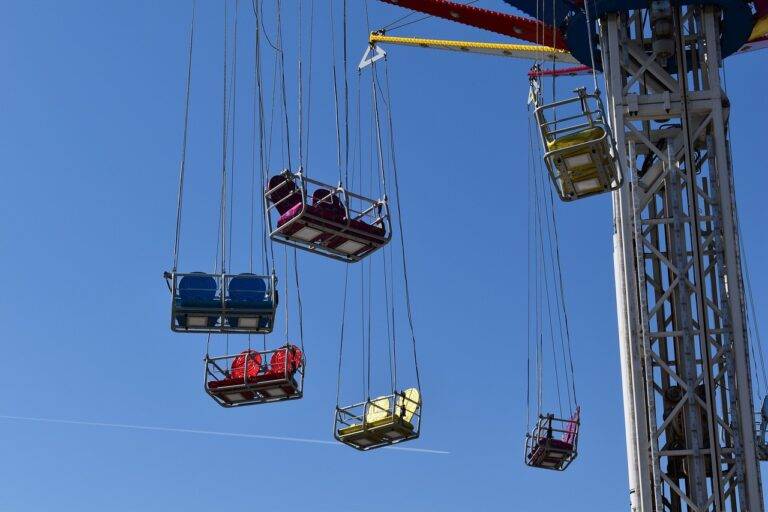How Virtual Production Techniques Are Revolutionizing Filmmaking
Virtual production techniques have revolutionized the way visual storytelling is crafted in the filmmaking industry. By seamlessly blending live-action footage with computer-generated imagery in real-time, virtual production allows for enhanced flexibility and creativity during the filming process. This technique enables filmmakers to visualize intricate scenes, experiment with different camera angles, and make on-the-spot adjustments, leading to a more efficient and dynamic production workflow.
One of the key components of virtual production is the use of LED walls or projection screens to create immersive virtual environments that interact with the actors and the camera. These virtual backgrounds provide a realistic backdrop for the scenes being filmed, offering visual context and depth that was previously achieved through costly post-production techniques. By incorporating virtual production techniques into their projects, filmmakers can streamline the production process, reduce the need for extensive location shoots, and achieve higher production values with greater creative control.
Benefits of Virtual Production in Filmmaking
Virtual production in filmmaking offers numerous benefits to filmmakers, allowing them to visualize complex scenes and environments in real-time. This advanced technology enables directors to make creative decisions on the spot, leading to a more efficient production process. By using virtual sets and backgrounds, filmmakers can save time and resources that would have been spent on building physical sets, ultimately streamlining the filmmaking process.
Additionally, virtual production opens up new opportunities for filmmakers to experiment with storytelling techniques and visual aesthetics. With the ability to manipulate virtual elements such as lighting and camera angles, filmmakers can achieve unique and innovative visual effects that enhance the overall cinematic experience for viewers. This cutting-edge technology also allows for greater flexibility during filming, enabling filmmakers to make changes to scenes quickly and seamlessly, resulting in a more dynamic and engaging final product.
Evolution of Virtual Production Technology
In recent years, the entertainment industry has witnessed a remarkable evolution in virtual production technology. Advancements in computer-generated imagery (CGI), real-time rendering, and motion capture have revolutionized the way films and TV shows are created. Filmmakers now have access to sophisticated tools that allow them to blend live-action footage with virtual environments seamlessly.
The emergence of virtual production technology has also significantly reduced the need for extensive post-production work. By incorporating virtual elements during filming, directors can visualize complex scenes in real time, streamline the production process, and make more informed creative decisions on set. As a result, virtual production has not only increased efficiency but also expanded the possibilities for storytelling in the realm of filmmaking.
What is virtual production technology?
Virtual production technology refers to the use of computer-generated imagery (CGI) and real-time rendering to create visual effects and environments in film and television production.
How has virtual production technology evolved over the years?
Virtual production technology has evolved from traditional green screen techniques to advanced LED walls and real-time rendering systems that allow filmmakers to see CGI elements in-camera during filming.
What are some benefits of using virtual production in filmmaking?
Some benefits of virtual production include cost savings, increased creative control, faster turnaround times, and the ability to create more immersive and realistic visual effects.
How does virtual production technology impact the filmmaking process?
Virtual production technology allows filmmakers to visualize and interact with CGI elements in real-time, making it easier to plan shots, adjust lighting, and create more dynamic and engaging scenes.
What are some examples of films or TV shows that have utilized virtual production technology?
Films like “The Mandalorian” and “Avatar” have used virtual production techniques to create stunning visual effects and immersive environments that would be difficult or impossible to achieve with traditional filmmaking methods.





